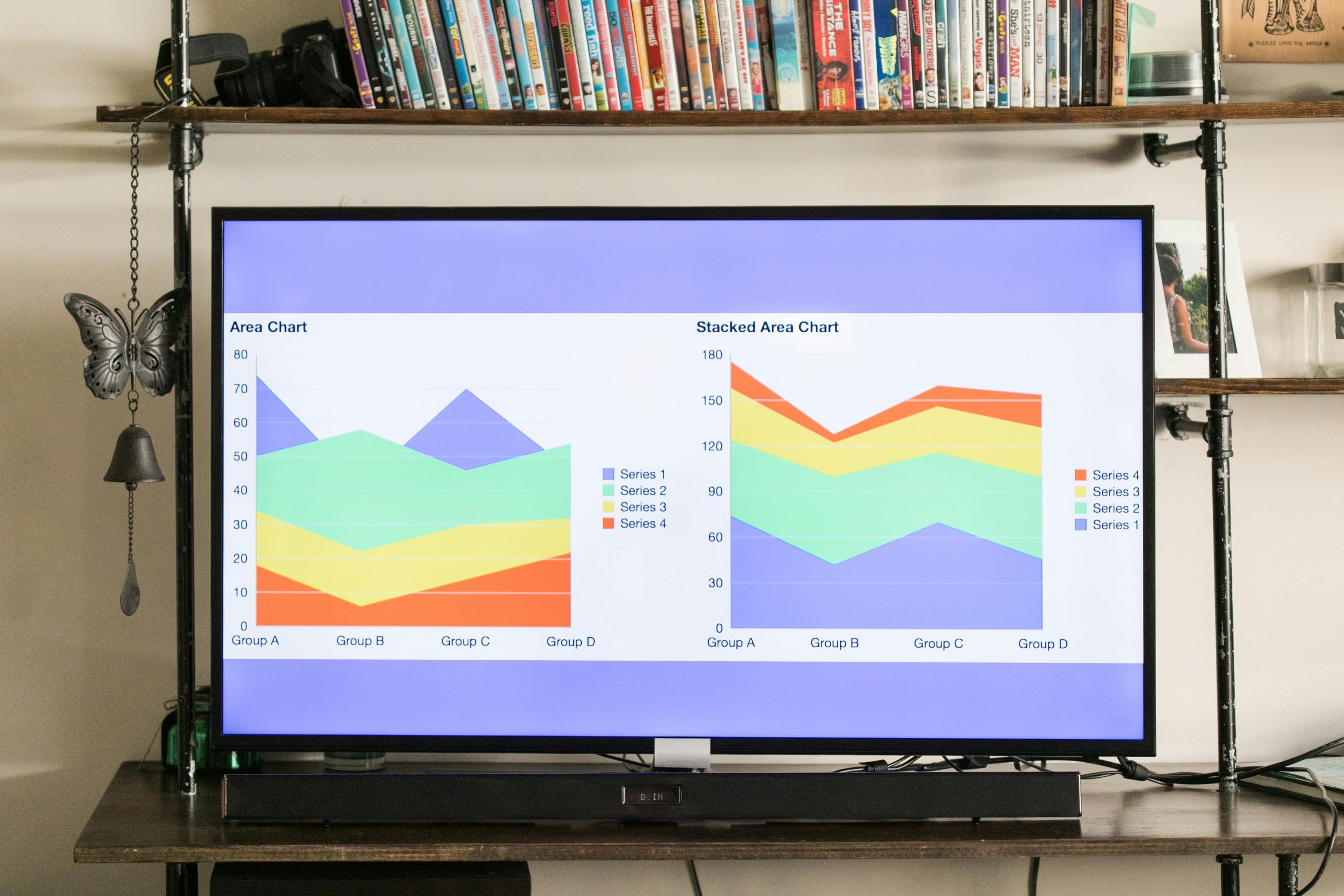In today’s fast-paced business landscape, staying ahead of market trends and shifts is no longer optional—it’s a necessity. Companies that fail to anticipate changes risk falling behind competitors, losing market share, or even facing obsolescence. Fortunately, artificial intelligence (AI) has emerged as a game-changing tool for predicting business trends with unprecedented accuracy. By leveraging AI-driven insights, businesses can make data-backed decisions, optimize strategies, and secure a competitive edge. This guide explores how AI can be harnessed to forecast market shifts and drive business success.
Understanding AI’s Role in Business Trend Prediction
AI’s ability to analyze vast amounts of data in real-time makes it an invaluable asset for trend prediction. Unlike traditional methods, which rely on historical data and manual analysis, AI uses machine learning (ML) algorithms to detect patterns, correlations, and anomalies that humans might miss. Here’s how AI transforms trend forecasting:
- Data Processing at Scale: AI can sift through terabytes of structured and unstructured data—social media, news articles, financial reports, and customer behavior—to identify emerging trends.
- Real-Time Insights: AI-powered tools continuously update predictions based on new data, ensuring businesses stay agile in dynamic markets.
- Predictive Analytics: By analyzing past trends and current conditions, AI models forecast future market movements with high precision.
From retail to finance, industries are increasingly adopting AI to anticipate demand fluctuations, consumer preferences, and economic shifts before they happen.
Key AI Technologies for Market Prediction
Several AI technologies play a pivotal role in predicting business trends. Understanding these tools can help organizations choose the right solutions for their needs.
Machine Learning Models
ML algorithms, such as regression analysis, decision trees, and neural networks, analyze historical data to predict future outcomes. For example, retailers use ML to forecast inventory demand, while financial institutions predict stock market trends.
Natural Language Processing (NLP)
NLP enables AI to interpret human language from sources like social media, customer reviews, and news articles. Sentiment analysis, a subset of NLP, helps businesses gauge public opinion and predict shifts in consumer behavior.
Deep Learning
Deep learning models, particularly recurrent neural networks (RNNs), excel at processing sequential data, making them ideal for predicting time-sensitive trends like cryptocurrency prices or supply chain disruptions.
By integrating these technologies, businesses can build robust predictive models tailored to their industry.
Steps to Implement AI for Business Trend Forecasting
Successfully deploying AI for trend prediction requires a structured approach. Follow these steps to harness AI effectively:
- Define Objectives: Identify the specific trends or market shifts you want to predict, such as customer demand, competitor moves, or economic indicators.
- Gather Quality Data: AI’s accuracy depends on data quality. Collect relevant datasets from internal (sales records, CRM) and external (social media, industry reports) sources.
- Choose the Right AI Tools: Select AI platforms or build custom models based on your needs. Cloud-based AI services like Google Cloud AI or IBM Watson offer scalable solutions.
- Train and Validate Models: Use historical data to train AI models and validate their predictions against known outcomes to ensure reliability.
- Deploy and Monitor: Integrate AI insights into decision-making processes and continuously refine models as new data becomes available.
By following this framework, businesses can turn raw data into actionable foresight.
Real-World Applications of AI in Trend Prediction
AI’s predictive capabilities are already transforming industries. Here are a few examples:
- Retail: AI-powered demand forecasting helps retailers optimize inventory, reducing overstock and stockouts. Amazon uses AI to predict purchasing trends and adjust supply chains accordingly.
- Finance: Hedge funds leverage AI to analyze market sentiment and predict stock movements, gaining an edge over traditional trading strategies.
- Healthcare: AI predicts disease outbreaks by analyzing global health data, enabling proactive responses from governments and organizations.
- Marketing: Brands use AI to identify viral trends and adjust campaigns in real-time, maximizing engagement and ROI.
These applications demonstrate AI’s versatility in anticipating trends across sectors.
Overcoming Challenges in AI-Driven Trend Prediction
While AI offers immense potential, businesses must address several challenges to maximize its effectiveness:
- Data Privacy and Ethics: Ensuring compliance with regulations like GDPR while using consumer data for predictions is critical.
- Bias in AI Models: Poorly trained models can perpetuate biases, leading to flawed predictions. Regular audits and diverse datasets mitigate this risk.
- Integration with Legacy Systems: Many businesses struggle to integrate AI with outdated IT infrastructure. Partnering with AI specialists can ease this transition.
By proactively tackling these hurdles, companies can unlock AI’s full predictive power.
AI is revolutionizing how businesses anticipate and respond to market trends. By leveraging machine learning, NLP, and deep learning, organizations can transform raw data into strategic foresight, staying ahead of competitors and adapting to shifts with confidence. While challenges exist, the rewards—enhanced decision-making, optimized operations, and sustained growth—far outweigh the risks. As AI technology evolves, its role in trend prediction will only expand, making it an indispensable tool for future-ready businesses. Start integrating AI into your strategy today, and position your company at the forefront of innovation.
